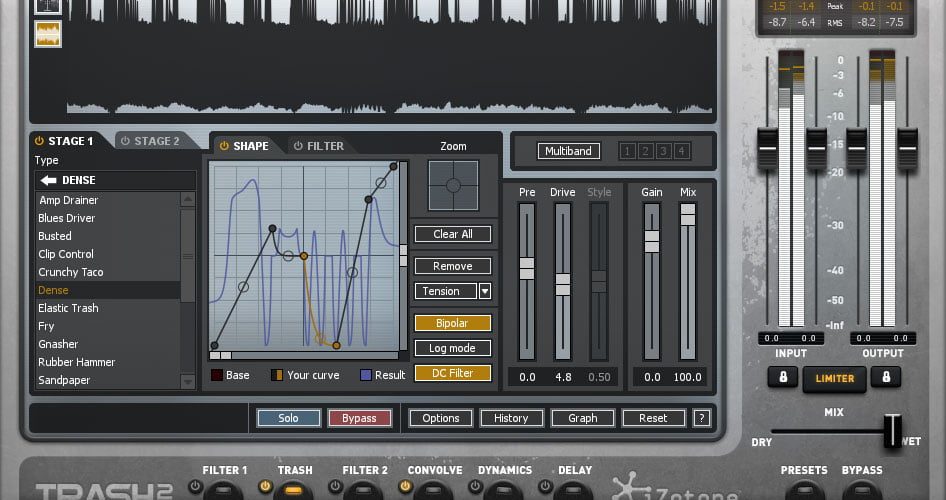
This is where it becomes evident that 'Audacity', the great white audio mastering hope of the open-source community, still has a very long way to go before it starts attracting those people who've already forked out a pretty penny for a decade-old version of 'Sound Forge' or 'WaveLab' and are now considering going for an upgrade. You just open your Reverb module in the plug-in chain and change the level.

What it effectively means is that if you're trying to apply a Chorus effect to a recording after you've already added a bit of Reverb to it, and you realise that with the amount of Reverb you've chosen applying Chorus makes the whole recording sound distorted, you don't have to undo the Chorus and Reverb (and possibly a dozen other carefully tweaked plug-ins in between) and re-apply them all over again. These consist of a sequence of effects linked one to another in such a way that the sound signal is processed by them one by one in real time, with no intermediate changes made to the original recording whatsoever. For this purpose, effect chains were created.

What it does involve, however, is crafting a meticulously tweaked chain of sound processing modules and effects so as to ensure that none of the elements in that chain makes the overall result sound worse, and that it can be altered or removed if it does. As daft as it may sound, sound editing doesn't usually boil down to cropping the recording, applying an effect to it, and saving it in a clunky lossless format.


 0 kommentar(er)
0 kommentar(er)
